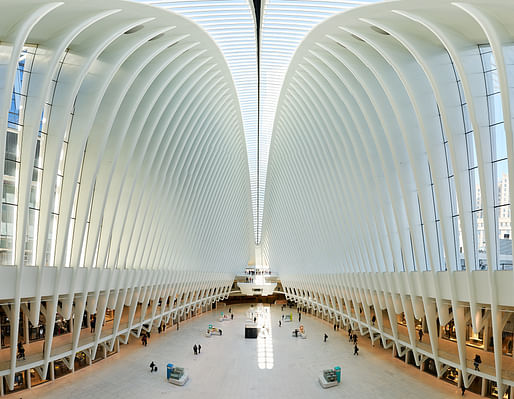

[...] the ever increasing mallification of our environment threatens to undermine the public common ground on which our societies were founded: public places should address an abstract, inclusive notion of the public, instead of a defined, limited, and exclusive (in the literal sense of the word) audience. Conversely, we should not confuse or conflate trite stores (even if they place trees inside and call themselves town squares) to be an ersatz public domain. — Failed Architecture
Janno Martens' essay for Failed Architecture explores the many deaths and resurrections of the shopping mall and highlights three phenomena of mallification — the creeping privatization of public spaces and replacement of the organically grown city with an imagineered 'experience' of what only resembles an urban, collective space.
1 Comment
Think there is an important distinction between places that serve a function (train station, airport, stadium) with attached shopping and the “mall” where the entire point is shopping. It’s cute to confuse the two but pointless.
Though I’m interested in upcoming Renzo and Shop designed malls. That would be better examples for this article, though it seems woefully anti-capitalistic. Maybe better designed malls would be good? And also more public spaces in cities?
Using the Path hub as you key example of “a mall” reveals a architecture cheap shot hacky bias, meaning you’ve probably never seen any real malls.
Block this user
Are you sure you want to block this user and hide all related comments throughout the site?
Archinect
This is your first comment on Archinect. Your comment will be visible once approved.